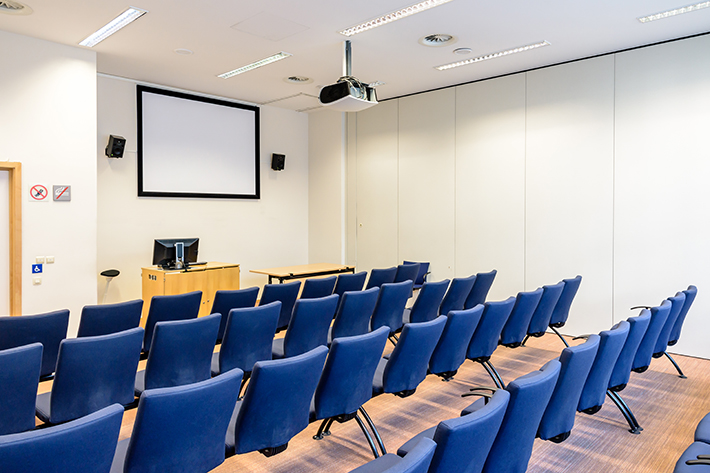
Tips for Building Consensus Remotely
Standards development takes place largely on the web. However, we tend to rely on face-to-face meetings for content development and negotiations following balloting.
With the recent meeting cancellations, your task groups and subcommittees can make the most of our web tools to continue your standards work, including crucial after-ballot discussions, without meeting in person. Read more about meetings.
Collaboration Areas
Online Work Item Collaboration Areas are specifically geared toward achieving consensus on draft standards or revisions prior to ballot and are designed to be simple and straightforward. After you log on through My ASTM, you will find My Collaboration Areas in My Committees under the My Tools box on the right-hand side of the page.
Essentially, collaboration areas include tools for developing drafts, including posting drafts, polling capabilities, related files, discussion, and many other helpful functions, including participant communication elements such as email and scheduling online meetings. Read a longer description of collaboration areas.
Virtual Meetings
Virtual meetings, which combine teleconferencing and document sharing, also foster participation by giving task group members the opportunity to discuss a draft standard remotely but in real-time. Flexibility and interactivity highlight this option. To take advantage of virtual meetings, use the Schedule an Online Meeting function in your collaboration area or contact your staff manager.
Virtual meetings can be effective in forging a resolution to disapprovals on ballots or collaborating on content to be balloted. Staff can send invitations to members and guests for any day and time needed, provided there is not a conflict with a previously scheduled meeting.
Agendas
For your meeting, consider using Create my Agenda to make an overall list of the activities of a subcommittee (one that can be edited). Under My Tools in the Meetings, Minutes & Agendas button, you will find Create My Agenda.
After clicking Create My Agenda, you will be asked to select the subcommittee and enter the meeting date, location, and time. The date, location, and time data are merely to inform the agenda. They do not require validation nor are they saved for future action of any kind. This tool automatically composes your agenda with Ballot Results (ballots closed since last meeting) and Outstanding Negatives Needing Resolution (prior to last meeting).
Your agenda will be created in a Microsoft Word document, and you can extract just those parts that your task group needs for the virtual meeting.
Balloting
Large conference calls make voting difficult. Instead of handling negatives in a virtual meeting, try balloting the negatives.
If you have negative votes on ballots, consider holding small meetings of task groups and coming up with recommendations that may be balloted if needed. For instance, invite the negative voter and technical contact and key members to a virtual meeting to hammer out a resolution. If that resolution is a not persuasive, or a not related action, it may be balloted.
Work with your staff manager and see if you could have a ballot to vote on negatives that will allow the item to progress at the same pace as it would have if the committee had met face-to-face.
To ballot main committee negatives, you will need permission of the sub and main chairs. For subcommittee negatives you just need the permission of the sub chair.
Phone and Email
Don’t underestimate the power of one-on-one calls and emails with negative voters. Read more about handling negative votes.
 SN Home
SN Home Archive
Archive Advertisers
Advertisers Masthead
Masthead RateCard
RateCard Subscribe
Subscribe Email Editor
Email Editor